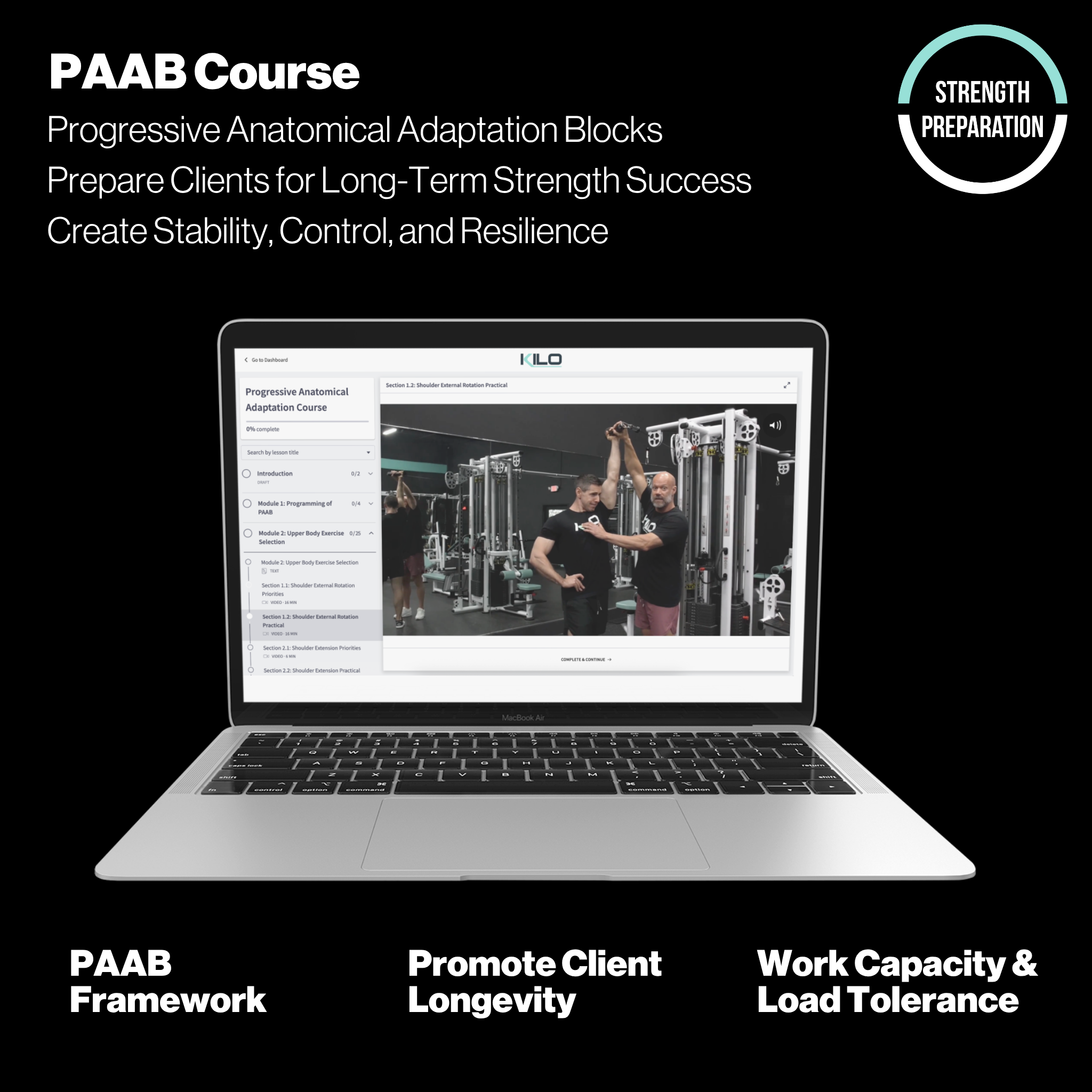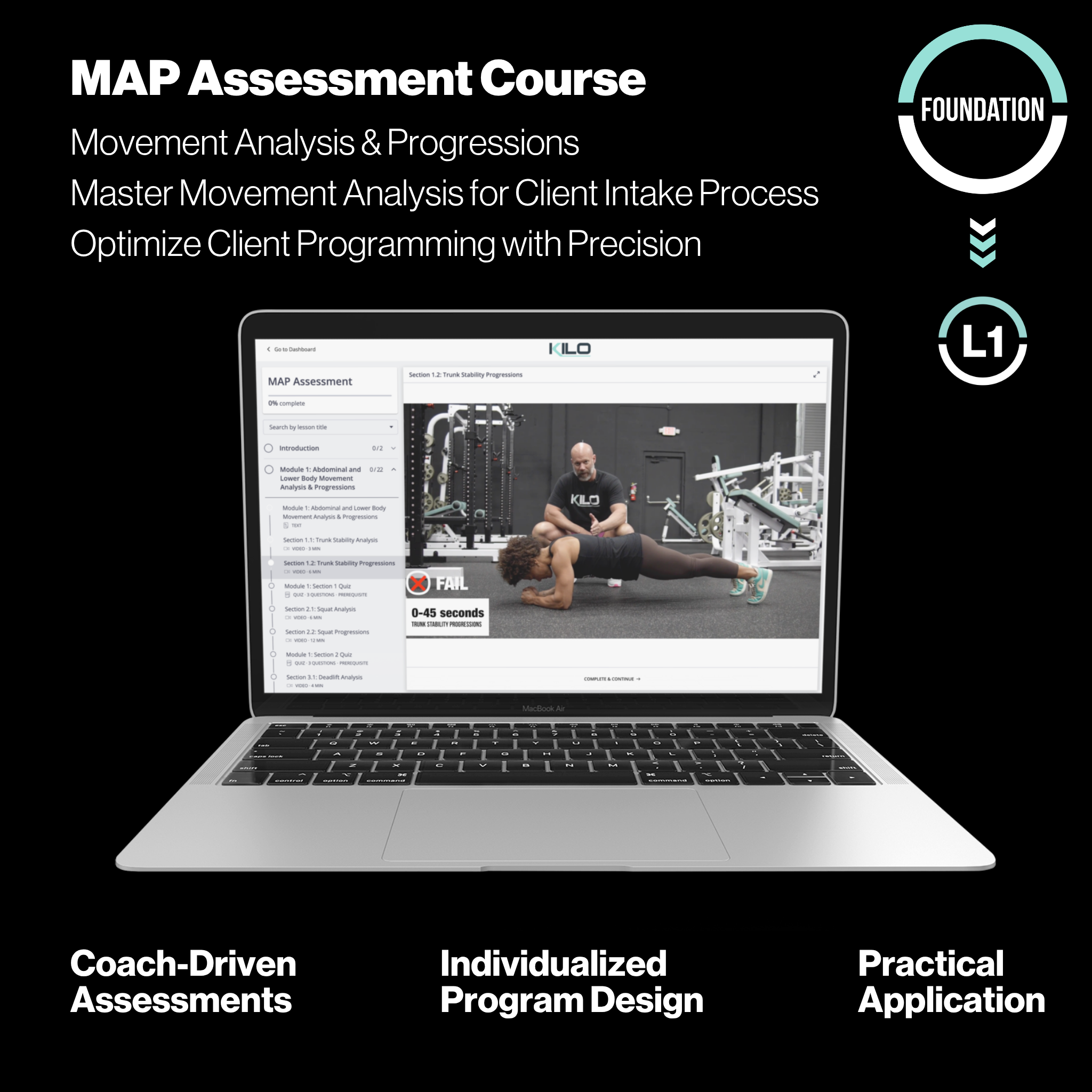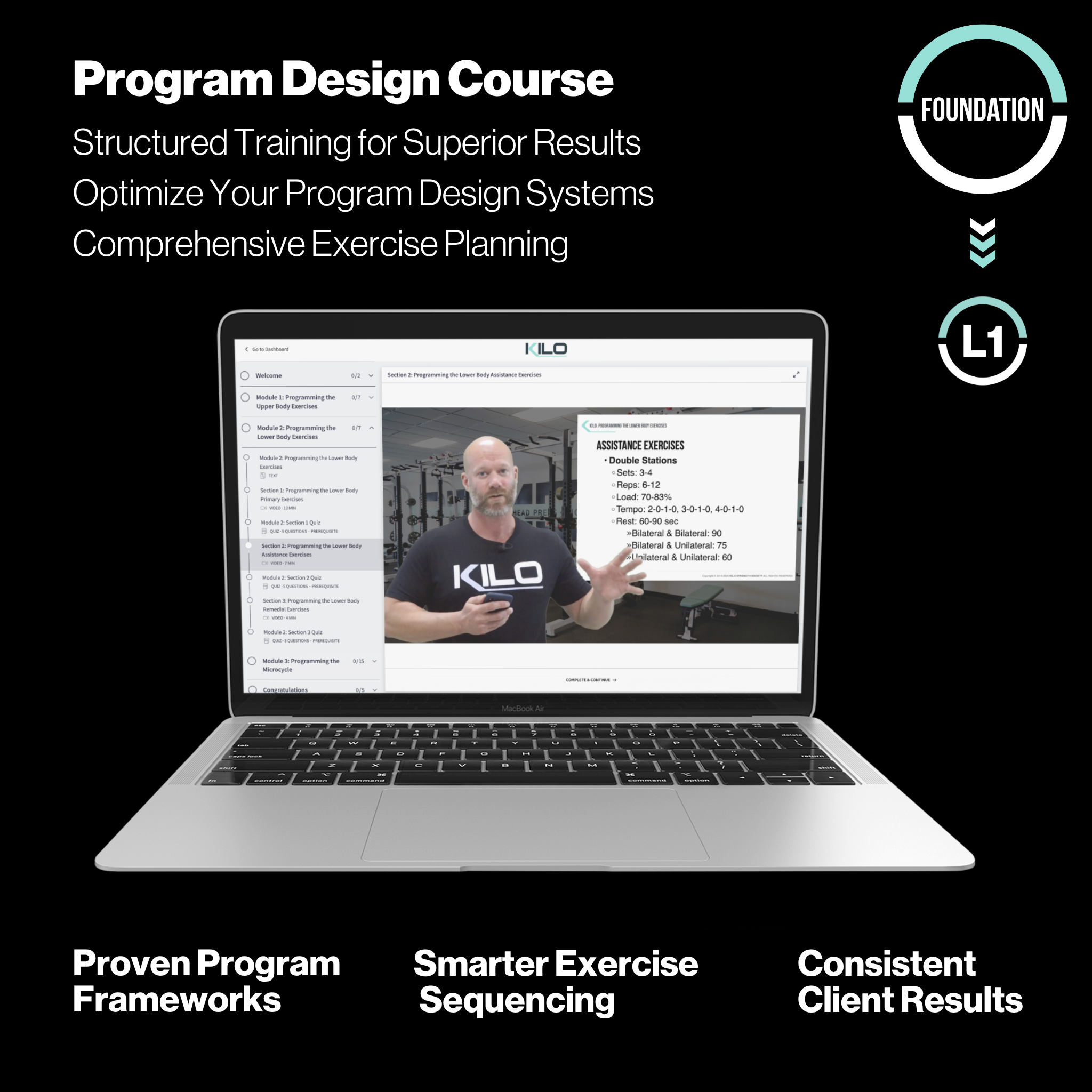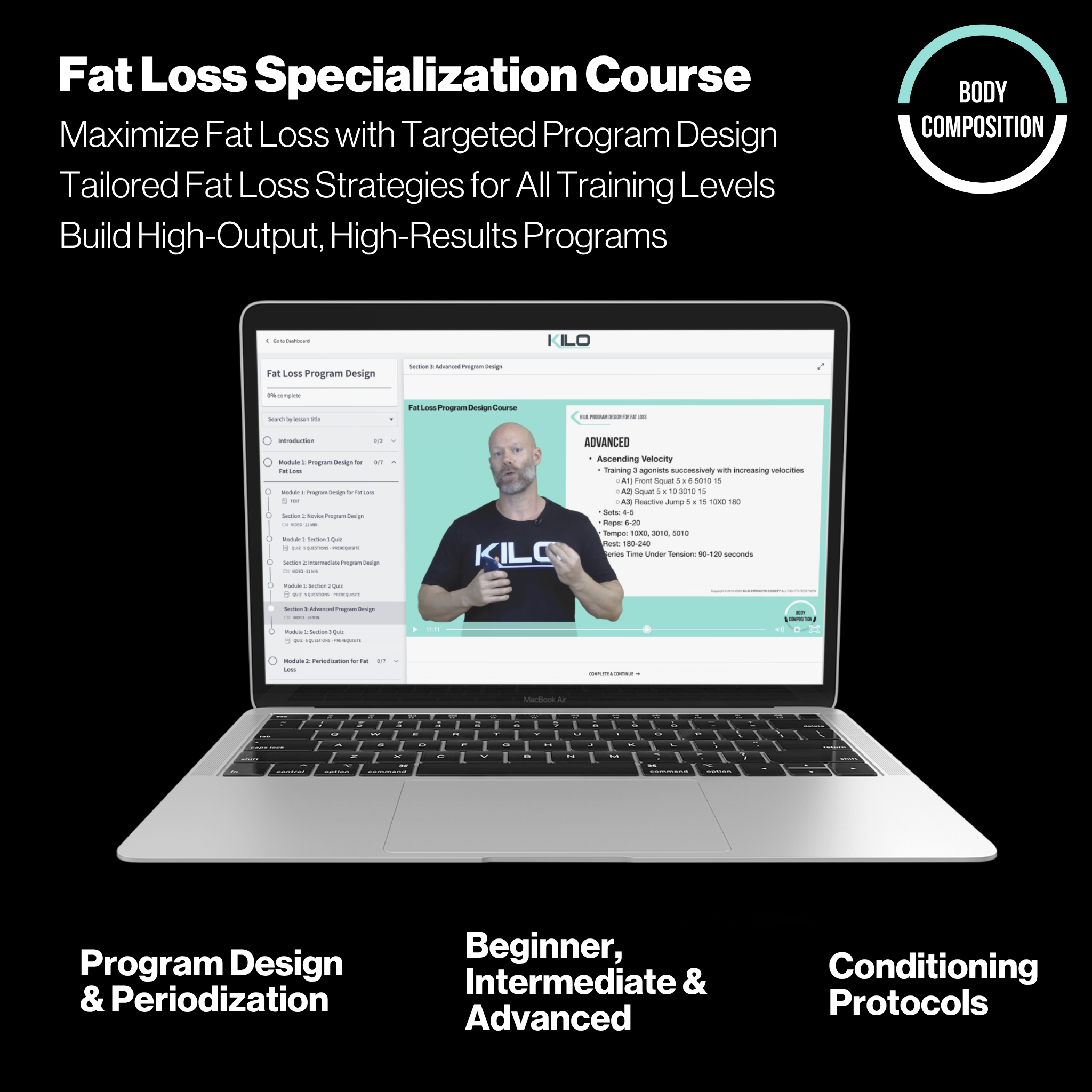In strength training, sets and reps aren’t just numbers, they’re tools that shape your progress. If you want to build serious strength and muscle, understanding how to use rep schemes properly is essential. In this article, we’ll break down advanced rep schemes to use with your primary exercises in the exact order they should be introduced to a trainee. You’ll also learn how to load each set effectively and when to use each loading pattern based on your training goals.
All weight examples assume a 1-rep max (1RM) of 315 lbs.
Standard Sets: Your Foundation for Progress
Standard Sets are the most common and effective way to load an exercise. You’ll see them in nearly every program, and for good reason. They’re reliable, easy to understand, and highly effective for building muscle and strength.
Typical Rep Schemes:
-
3 × 12
-
4 × 10
-
5 x 6
-
6 × 4
-
7 × 3
Loading Method
Step Loading is our preferred way to load Standard Sets.
Step Loading
The weight increases slightly with each set. This builds intensity by reaching a peak weight at RM load without excessive fatigue too early.
Example: 4 × 10 with step loading
Set 1: 10 reps @ 210 lbs
Set 2: 10 reps @ 215 lbs
Set 3: 10 reps @ 220 lbs
Set 4: 10 reps @ 225 lbs
Once you complete the top end of the rep range across all sets, increase the weight by about 2-3%.
Use Case: Standard Sets should form the base of your yearly training. They are ideal for novice and experienced lifters alike.
Descending Reps: Coaxing Towards Intensity
Once you’re comfortable with Standard Sets, introduce Descending Reps to gradually increase intensity through the session.
Example: 8, 7, 6, 5, 4
Set 1: 8 reps @ 240 lbs
Set 2: 7 reps @ 245 lbs
Set 3: 6 reps @ 250 lbs
Set 4: 5 reps @ 255 lbs
Set 5: 4 reps @ 260 lbs
Start slightly below your 8-rep max and increase by 2–3% per set. This structure allows your nervous system to adapt to heavier weights gradually.
Use Case: A great next step after mastering Standard Sets. It introduces heavier loads gradually while keeping higher repetitions early.
Ascending Reps: Heavy First, Back-Off Later
Ascending Reps flip the previous approach. You start heavy and lighten the load as the set progresses, increasing reps as you go.
Example: 4, 5, 6, 7, 8
Set 1: 4 reps @ 260 lbs
Set 2: 5 reps @ 255 lbs
Set 3: 6 reps @ 250 lbs
Set 4: 7 reps @ 245 lbs
Set 5: 8 reps @ 240 lbs
Because the heaviest work comes first, a thorough warm-up is essential. Drop weight by 2–3% with each set to stay within rep target.
Use Case: Ideal for building strength when the nervous system is fresh and finishing with lighter loads and higher reps to meet the volume goal. Best used with intermediate to advanced lifters along with a well-planned warm-up.
Pyramid Training: Up, Peak, and Back Down
After learning both Ascending and Descending rep schemes, you can move on to the Pyramid.
Example: 8, 6, 4, 4, 6, 8
Set 1: 8 reps @ 240 lbs
Set 2: 6 reps @ 255 lbs
Set 3: 4 reps @ 270 lbs
Set 4: 4 reps @ 270 lbs
Set 5: 6 reps @ 255 lbs
Set 6: 8 reps @ 240 lbs
This method exposes the lifter to a peak intensity twice, followed by a return to higher reps for a metabolic finish. Load changes are about 5% between sets.
Use Case: Use Pyramids for hypertrophy and absolute strength with intermediate and advanced trainees. It's demanding but highly effective.
Stage System: Locked In on Intensity
Stage Systems involve multiple sets at the same weight, stacked in stages. This allows for focused effort at specific intensities.
Examples:
-
8,8,6,6,4,4
-
5,5,5,3,3,3
-
2,2,4,4,6,6
Start with just two sets per rep stage. As trainees become more advanced, they can handle three or more per stage.
Stage Descending
Example: 7,7,5,5,3,3
Set 1-2: 7 reps @ 245 lbs
Set 3-4: 5 reps @ 260 lbs
Set 5-6: 3 reps @ 275 lbs
This structure starts light and builds up. The body adapts to heavier loads through repeated exposure.
Use Case: Perfect for building strength with repeated efforts. Introduce this method once a lifter has built a solid base.
Stage Ascending
Example: 3,3,5,5,7,7
Set 1-2: 3 reps @ 275 lbs
Set 3-4: 5 reps @ 260 lbs
Set 5-6: 7 reps @ 245 lbs
This is the reverse of Stage Descending. Start with peak intensity and finish with higher reps to drive volume.
Use Case: Best for advanced lifters. Requires a full warm-up and strong focus on performance from the start.
Wave Loading: Peak Strength Cycles
Wave Loading uses repeated “waves” of reps and loads to train the nervous system for high performance. Each wave builds toward heavier weights.
Common Waves:
-
7,5,3,7,5,3
-
5,3,2,5,3,2
-
3,2,1,3,2,1
Example: 5,3,2,5,3,2
Set 1: 5 reps @ 260 lbs
Set 2: 3 reps @ 275 lbs
Set 3: 2 reps @ 290 lbs
Set 4: 5 reps @ 265 lbs
Set 5: 3 reps @ 280 lbs
Set 6: 2 reps @ 295 lbs
Start just below your 5-rep max. Each set should increase by about 5%, with a small jump (2-3%) between waves.
Use Case: Excellent for strength peaking phases. Best used in the last phase of a strength cycle.
Cluster Sets: Break Through Plateaus
Clusters break traditional set structures by inserting short rests between reps. This allows you to lift more weight for more total reps.
Introductory Cluster Protocol
5 × (3/1/1/1)
-
3 reps @ 265 lbs, rest 15 seconds
-
1 rep @ 265 lbs, rest 15 seconds
-
1 rep @ 265 lbs, rest 15 seconds
-
1 rep @ 265 lbs, rest 180 seconds
Start with a 5RM load and complete 6 total reps using intra-set breaks. Repeat for 4–5 sets.
Advanced Cluster Protocol
5 × (1/1/1/1/1)
-
1 rep @ 280 lbs, rest 15 sec (x5)
-
Rest 240 seconds
Use a 3RM load to complete 5 high-intensity reps per set. Repeat for 5–6 sets.
Use Case: Use Clusters sparingly. They are powerful but taxing. Best for breaking plateaus or pushing a specific lift.
Final Thoughts: Programming with Purpose
As you can see, sets and reps go far beyond the simple 3 × 12. The way you organize your reps has a direct impact on your results.
-
Want to build strength? Use Stage Descending or Wave Loading.
-
Want to introduce higher intensity in a progressive manner? Use Descending or Ascending Reps.
-
Looking to break plateaus? Use Cluster Loading.
-
Need consistency and structure? Use Standard Sets.
Understanding and applying rep schemes correctly will maximize your performance, help avoid plateaus, and lead to continuous gains over time.
Stay consistent. Train with purpose.
Strength is a skill, practice it wisely.








Share:
Built by Design: How We Structure Upper Body Strength Sessions
General Physical Preparation for Soccer Players: What Muscle Groups Should You Prioritize?